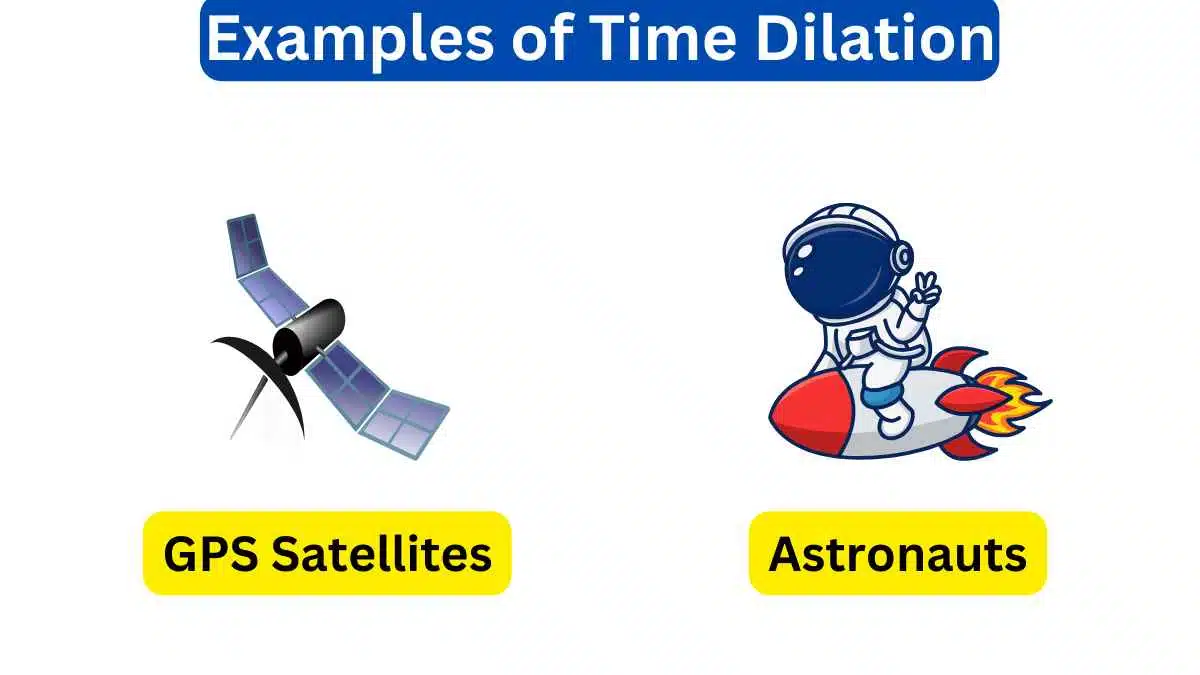10 Examples of Standard Model
The Standard Model of particle physics is a comprehensive theory that describes the fundamental particles of the universe and their interactions through electromagnetic, weak, and strong nuclear forces.
Examples of Standard Model
Here are ten examples of particles and phenomena described by the Standard Model.

1. Quarks
Quarks are elementary particles that makeup protons and neutrons in atomic nuclei. There are six types, or “flavors,” of quarks: up, down, strange, charm, bottom, and top.
2. Leptons
Leptons are another class of elementary particles that includes electrons, muons, and tau particles, along with their associated neutrinos. Electrons are the most familiar leptons and are found in atoms.
3. Gauge Bosons
Gauge bosons are particles responsible for mediating the fundamental forces in the Standard Model. Examples include the photon (electromagnetic force), W and Z bosons (weak nuclear force), and gluons (strong nuclear force).
4. Higgs Boson
The Higgs boson is a particle associated with the Higgs field, which is responsible for giving mass to other particles. Its discovery in 2012 at the Large Hadron Collider confirmed a key prediction of the Standard Model.
5. Quantum Electrodynamics (QED)
Quantum Electrodynamics is a branch of the Standard Model that describes the electromagnetic force. It explains how charged particles interact via the exchange of photons, accounting for phenomena like electromagnetic radiation and atomic structure.
6. Electroweak Theory
The Electroweak Theory unifies the electromagnetic and weak nuclear forces into a single theoretical framework. It predicts the existence of W and Z bosons, which mediate weak interactions and were discovered in experiments.
7. Quantum Chromodynamics (QCD)
Quantum Chromodynamics is the part of the Standard Model that describes the strong nuclear force. It explains how quarks and gluons interact within atomic nuclei and the behavior of particles called hadrons.
8. Flavor Changing Neutral Currents (FCNC)
The Standard Model predicts the existence of rare processes called Flavor Changing Neutral Currents, where quarks change from one flavor to another through weak interactions. These processes have been observed experimentally.
9. Electroweak Symmetry Breaking
The Standard Model incorporates a mechanism called electroweak symmetry breaking, associated with the Higgs field, which explains how the W and Z bosons acquire mass while photons remain massless.
10. Neutrino Oscillations
The Standard Model predicts neutrino oscillations, where neutrinos change from one flavor to another as they travel through space. This phenomenon has been observed in experiments and implies that neutrinos have mass.
These examples illustrate the breadth and depth of the Standard Model’s description of fundamental particles and their interactions. It is a powerful framework for understanding the subatomic world and has been tested extensively through experimental observations.







Leave a Reply